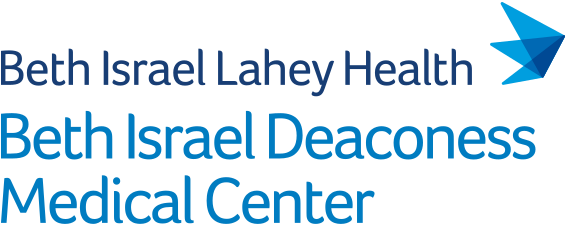Abstract
BACKGROUND: Long-acting injectable antiretrovirals (LAI-ARVs) for HIV prevention and treatment have been demonstrated in clinical trials to be non-inferior to daily oral medications, providing an additional option to help users overcome the challenges of daily adherence. Approval and implementation of these regimens in low- and middle-income settings have been limited.
METHOD: This study describes the anticipated barriers and facilitators to implementing LAI-ARVs in Vietnam to inform future roll-out. From July to August 2022, we conducted 27 in-depth interviews with healthcare workers and public health stakeholders involved in HIV programs at national, provincial, and clinic levels across four provinces in Vietnam. The interviews followed a semi-structured questionnaire and were audio recorded. Data were analyzed using a rapid thematic analysis approach to identify facilitators and barriers to the adoption of LAI-ARVs.
RESULTS: In total, 27 participants from 4 provinces were interviewed including 14 (52%) men and 13 (48%) women. Participants median age was 48 years and they had 11.5 years of experience with HIV services and programs. Perceived user-level facilitators included the greater convenience of injectables in comparison to oral regimens, while barriers included the increased frequency of visits, fear of pain and side effects, and cost. Clinic-level facilitators included existing technical capacity to administer injections and physical storage availability in district health centers, while barriers included lack of space and equipment for administering injections for HIV-related services, concerns about cold chain maintenance for LAI-ART, and workload for healthcare workers. Health system-level facilitators included existing mechanisms for medication distribution, while barriers included regulatory approval processes and concerns about supply chain continuity.
CONCLUSION: Overall, participants were optimistic about the potential impact of LAI-ARVs but highlighted important considerations at multiple levels needed to ensure successful implementation in Vietnam.
CLINICAL TRIAL NUMBER: Not applicable.
